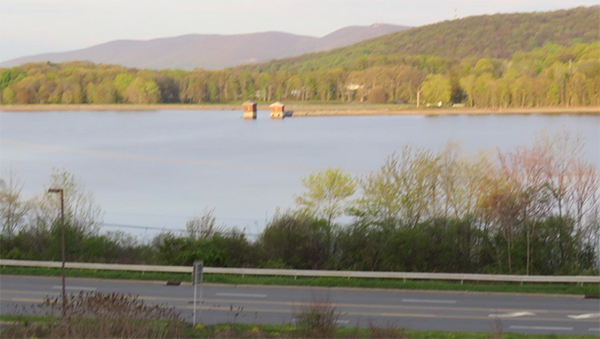MID-HUDSON – Environmental organizations and public officials alike are lauding the EPA’s first-ever national drinking water standard for PFAS, the chemical that has been polluting the City of Newburgh’s Washington Lake reservoir and neighboring streams.
PFAS-containing firefighting foam at the Stewart Air National Guard Base has been proven to be the cause of the contamination.
State Senator Pete Harckham (D, Mt. Kisco), chairman of the Environmental Conservation Committee, said the ruling will protect the health and safety of the public.
“The challenge will be there will be a price tag that comes with this and that is going to fall to taxpayers and ratepayers, and we are going to need the federal government to the plate to help supply some of this funding,” he said.
The EPA did announce nearly $1 billion in newly available funding to fund PFAS clean-up.
Jennifer Rawlison of the Newburgh Clean Water Project, and a member of the Stewart Air Guard Restoration Advisory Board, noted there has been a lot of footwork to get to this point.
“A lot of us look at this as a marathon, and unfortunately, especially dealing with PFAS, which is a tricky chemical to begin with, but it is heading in the right direction,” she said. “I think the biggest thing here is there were a lot of hurdles to get to this point.”
US Senator Kirsten Gillibrand said the new national drinking water standard “represents a major step forward in the fight to combat PFAS pollution.
Senator Charles Schumer called the EPA action “a vital step in bolstering the public health of New York communities from exposure to five harmful PFAS chemicals.
Congressman Pat Ryan, who has been pushing for a nationwide standard, said the new one, “combined with over $1B in new funding for implementation, will reduce PFAS in drinking water to historic lows and protect 100 million Americans, including families in Newburgh and New Windsor, from these toxic ‘forever chemicals.’”








